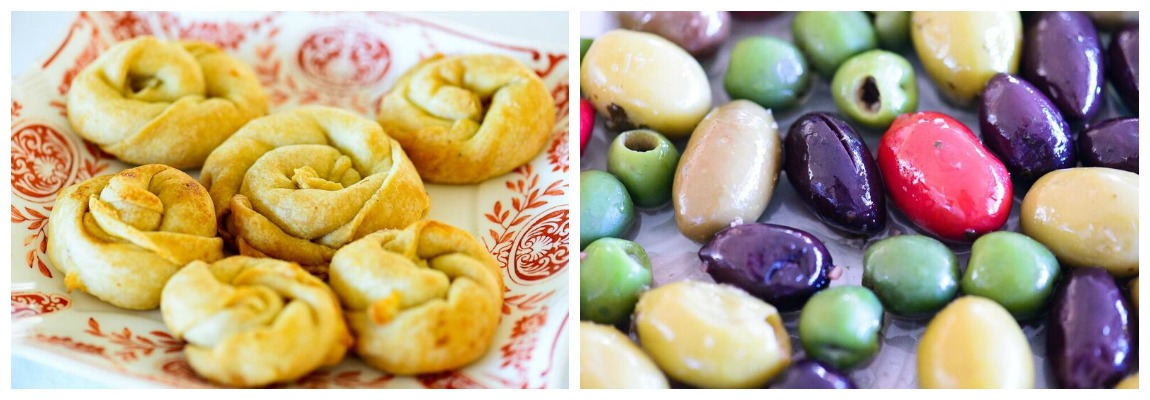My last post from India was about Lodhi Gardens, a place of history, natural beauty and human vibrancy. My first outing in Brisbane is fittingly in an equally magical place which combines all the elements that are most dear to me.
The Botanic Gardens in Brisbane are located not far from the river's edge.They started out as a government garden where a sizeable part was used a food garden, cleared and maintained by convict labour. After transportation stopped in 1948, the gardens continued and the Botanic Gardens were officially established in 1855 by Walter Hill. Hill was testing plants to find suitable ones for the colony. He introduced mangoes, pineapples and paw paws, sugar cane and tobacco and of course coffee and grapes to Queensland. He was instrumental in the work he did establishing and nurturing the gardens and his work was carried forward by a number of other curators. Eventually curators lived in a residence built in the gardens which stands quietly but a little forlornly near the rain forest section of the gardens. The gardens themselves speak loudly of his legacy.

It is worth noting that there were devastating floods in 1890, 1893, 1897 and 1974. The more recent ones in 2011 is the level on the small white sign you can see in the picture. This is because Brisbane is built in a flood plain and these floods are likely to recur but the city has become better prepared to deal with them.
I had the privilege and honour to be guided round the garden by Les, a knowledgeable volunteer guide who was so keen to share the delights of the garden with me we spent three hours wandering round, rather than the more expected one hour. His father emigrated from Manchester England but he was born and raised in Brisbane and has lived here all his life. He found a new appreciation of the flora when he became a volunteer guide. Along the walk we stopped many times to admire the seeds, pods and fruit of so many of the trees and bushes in the garden that Les wanted to show me.
There was so much to appreciate and take in but I will share with you the ones that stuck in my mind, for their name, their story or their origin. There are 26 types of fig tree and of course having come from India I am well acquanted with some of them. The fig trees in Australia are no less impressive and spread wide with pride in the gardens their aerial roots anchors along their path.
We saw many cyciads some more familar than others but I found this one appealling which is called the Cardboard plant. Its leaves are like cardboard for sure.
The varieties of palm tree were impressive, elegant royal palms in the distance, silvery palms called the Bismark palm which I hadn't come across before, (no prizes for guessing who it was named after), fan tail and traveller palms and the fox tail palms.
The sausage tree with it impressive pendulous sausages.It is also called the Cucumber tree or Kigelia tree and its origins are in sub tropical Africa. The Kigelia's pods are considered fertility charms, its seeds when roasted are used as famine food. Bird and animals love it and David Livingstone is said to have pitched camp under a Kigelia tree while on his travels in Africa. ( Taken from the gardens March leaflet. )
Perhaps my favourite of the day was the Golden Penda which was in full resplendent flower and radiated yellow warmth and sunshine to us to counteract the days of grey of late.
More about the gardens in my next blog.




















